Herbal Extractions and Formulation Techniques: A Comprehensive Scientific Exploration
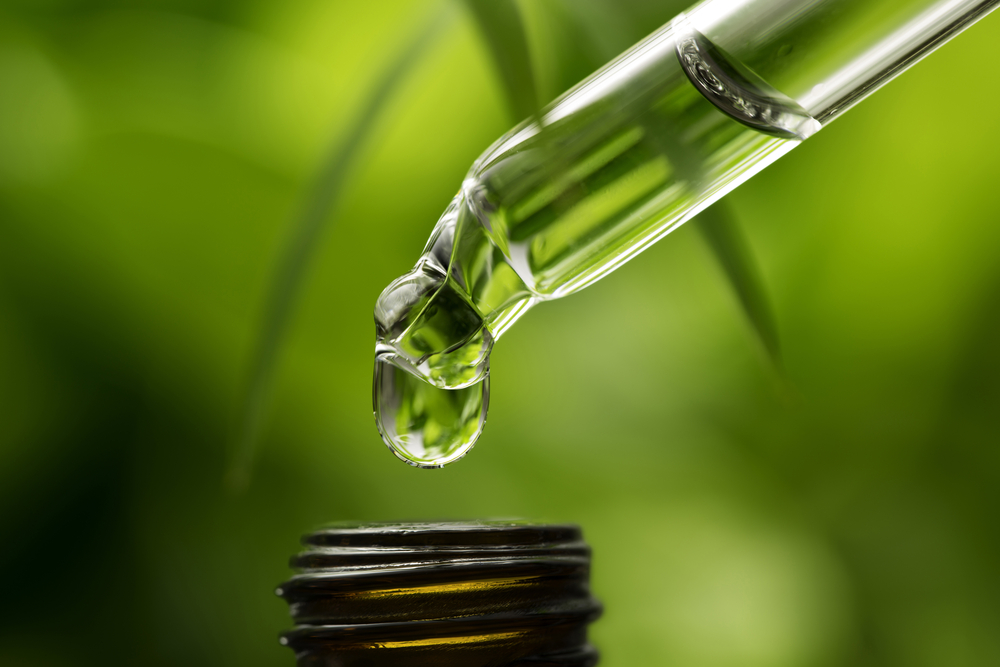
By Xiyuan “Alex” Qiu, L.Ac.
In the intricate realm of herbalism and acupuncture, the creation of herbal extractions is a symphony of traditional wisdom and scientific precision. This detailed exploration into extraction methods, tailored for advanced herbalists and acupuncturists, delves into the scientific intricacies of each technique, elucidating the specific processes involved, their benefits, tradeoffs, and considerations.
1. Traditional Decoctions: Unraveling Phytochemical Alchemy
Creation:
- Water-Based Extraction: Traditional decoctions initiate extraction through water, leveraging its polarity to dissolve water-soluble compounds.
- Simmering Process: Heat facilitates the extraction of thermolabile compounds, with varying temperatures optimizing the dissolution of diverse phytochemicals.
Benefits:
- Holistic Phytochemical Spectrum: Decoctions capture alkaloids, flavonoids, and polysaccharides, reflecting a holistic representation of the herb.
- Customization Potential: The practitioner can tailor decoctions based on the solubility characteristics of specific compounds for individualized treatments.
Tradeoffs:
- Time-Intensive Process: Prolonged simmering makes decoctions less practical for patients seeking immediate relief.
- Heat Impact: Extended heating may lead to degradation of thermolabile compounds, affecting overall efficacy.
Considerations:
- Water Quality Control: Purified water ensures extraction purity, preventing contaminants from affecting medicinal quality.
- Stability Assessment: Comprehensive stability testing helps determine optimal simmering times, safeguarding the integrity of active compounds.
 2. Tinctures: Ethanol-Mediated Precision Extraction
2. Tinctures: Ethanol-Mediated Precision Extraction
Creation:
- Alcohol Extraction Medium: Tinctures employ ethanol as a solvent, utilizing its dual solubility in water and lipids to extract a wide range of phytochemicals.
- Maceration Process: Herbs undergo maceration, facilitating the dissolution of both water-soluble and alcohol-soluble compounds.
Benefits:
- Preservation Mechanism: Ethanol acts as a preservative, extending shelf life by mitigating microbial contamination.
- Concentrated Extraction: The extraction process concentrates bioactive compounds, enhancing the overall potency of the tincture.
Tradeoffs:
- Alcohol Content Concerns: Some patients may prefer alcohol-free options, either due to taste aversions or health considerations.
- Selective Extraction: Not all phytochemicals are equally soluble in ethanol, influencing the spectrum of extracted compounds.
Considerations:
- Solvent Purity Assurance: The use of pharmaceutical-grade ethanol prevents impurities from impacting the final product.
- Optimized Maceration: The duration of maceration and ethanol concentration must be optimized for maximal compound extraction.
 3. Capsules and Tablets: Pharmaceutical Rigor in Formulation
3. Capsules and Tablets: Pharmaceutical Rigor in Formulation
Creation:
- Extraction and Concentration: Active compounds are extracted, concentrated, and then encapsulated or compressed into tablets.
- Standardization Protocols: Manufacturers follow stringent quality control to ensure consistent dosage and bioavailability of herbal formulations.
Benefits:
- Precision Dosage: Standardized formulations offer precise dosages, contributing to reproducible therapeutic outcomes.
- Oral Convenience: Capsules and tablets provide a convenient and palatable oral delivery method for patients.
Tradeoffs:
- Digestive Factors: Some patients may experience gastrointestinal discomfort, potentially impacting the absorption of herbal compounds.
- Processing Impact: The manufacturing process may alter the chemical profile of the herbal extract, influencing overall efficacy.
Considerations:
- Quality Control Standards: Choosing products from manufacturers adhering to Good Manufacturing Practice (GMP) standards ensures consistency.
- Patient Acceptance: Patient preferences for oral delivery and comfort with pharmaceutical-like formulations should guide recommendations.
4. Standardized Extracts: Precision through Phytochemical Fingerprinting
Creation:
- Isolation and Standardization: Specific active compounds are isolated, concentrated, and formulated to create standardized extracts with predefined concentrations.
- Phytochemical Fingerprinting: Rigorous analytical techniques, such as high-performance liquid chromatography (HPLC), ensure consistency and potency.
Benefits:
- Targeted Therapeutics: Practitioners can tailor treatments by selecting standardized extracts with known active compounds, allowing for precision in therapeutic interventions.
- Dosage Precision: Standardization ensures accurate dosing, optimizing therapeutic efficacy.
Tradeoffs:
- Synergy Sacrifice: The isolation of specific compounds may overlook the synergistic effects present in whole herbs, potentially impacting overall therapeutic breadth.
- Cost Implications: The complexity of the extraction process can elevate manufacturing costs.
Considerations:
- Advanced Analytical Techniques: Employing sophisticated analytical methods, like HPLC, guarantees accurate compound identification and concentration.
- Continuous Clinical Assessment: Regularly evaluate patient responses to ensure that the desired therapeutic outcomes are consistently achieved.
 5. Essential Oils: Capturing Aromatic Alchemy
5. Essential Oils: Capturing Aromatic Alchemy
Creation:
- Steam Distillation or Cold Pressing: Essential oils are extracted through steam distillation or cold pressing, capturing volatile aromatic compounds.
- Hydrophobic Nature: Essential oils, being hydrophobic, separate from water during distillation, leading to their characteristic high concentration.
Benefits:
- Aromatic Influence: Essential oils offer aromatherapeutic benefits, influencing mood, emotions, and potentially physiological responses.
- Topical Application Potential: Some essential oils exhibit localized therapeutic effects when applied topically, expanding their clinical applications.
Tradeoffs:
- High Concentration Caution: Essential oils are highly concentrated and must be used judiciously to avoid adverse effects, necessitating careful consideration in formulations.
- Limited Phytochemical Spectrum: The volatile nature of essential oils may exclude certain non-volatile phytochemicals present in whole herbs.
Considerations:
- Dilution Strategies: Patient education on safe dilution practices for topical application and diffusion is paramount.
- Allergen Screening: Assess patient sensitivity and potential allergens associated with specific essential oils, emphasizing personalized formulations.
In the advanced landscape of herbalism and acupuncture, the creation of herbal extractions is a nuanced dance between traditional insights and contemporary scientific rigor. From the alchemical dynamics of decoctions to the precision of pharmaceutical-like formulations, each method unfolds as a distinct scientific process. Advanced practitioners navigate this scientific landscape with a keen understanding, ensuring that formulations crafted not only respect tradition but also optimize therapeutic efficacy and patient acceptance. The journey of herbal exploration continues, where tradition and science converge for the advancement of holistic healing.
References:
- T. Efferth, R. Koch. (2011). Complex interactions between phytochemicals. The International Journal of Molecular Sciences, 12(2), 954-996.
- M. Heinrich et al. (2020). Herbal Medicine in the Treatment of Rheumatic Diseases. Current Rheumatology Reports, 22(7), 30.
- F. Rehman et al. (2021). Plant Polyphenols in the Management of Chronic Kidney Disease: An Updated Review of the Current Evidence. Antioxidants, 10(2), 256.
- A. S. Laganà et al. (2017). Flavonoid Nutraceuticals and Ionizing Radiation: Implications in Neurological Disorders. Antioxidants, 6(4), 89.
- L. Van den Dool, P. D. Kratz. (1963). A generalization of the retention index system including linear temperature programmed gas-liquid partition chromatography. Journal of Chromatography A, 11, 463-471.
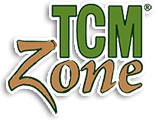

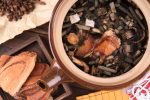 2. Tinctures: Ethanol-Mediated Precision Extraction
2. Tinctures: Ethanol-Mediated Precision Extraction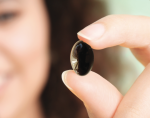 3. Capsules and Tablets: Pharmaceutical Rigor in Formulation
3. Capsules and Tablets: Pharmaceutical Rigor in Formulation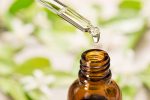 5. Essential Oils: Capturing Aromatic Alchemy
5. Essential Oils: Capturing Aromatic Alchemy